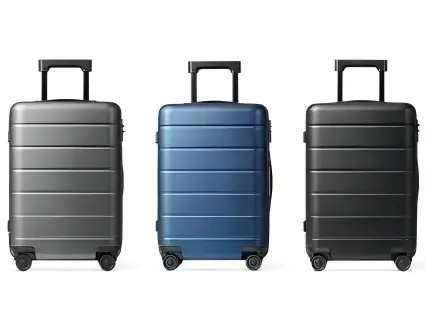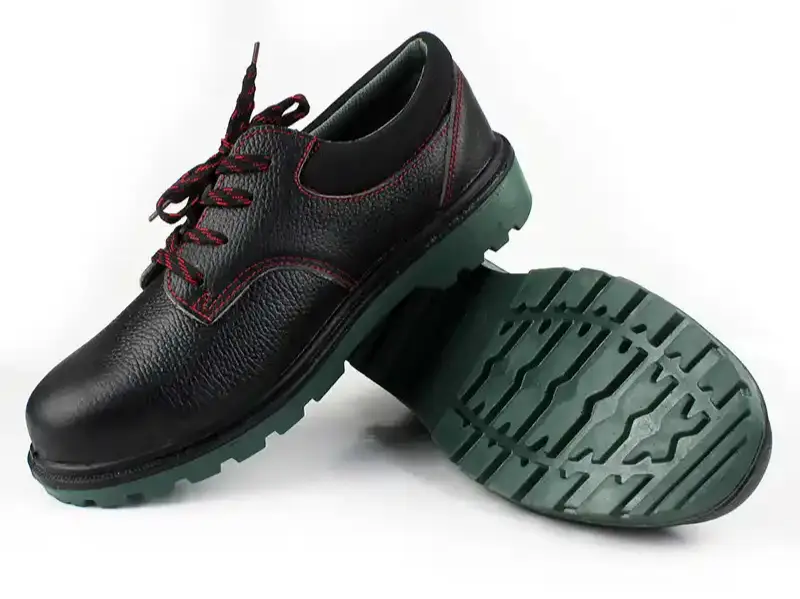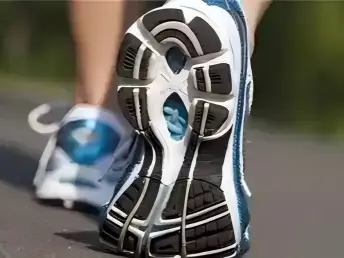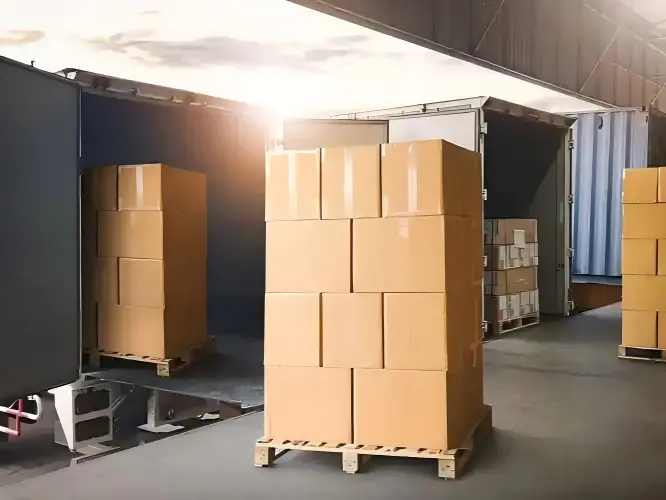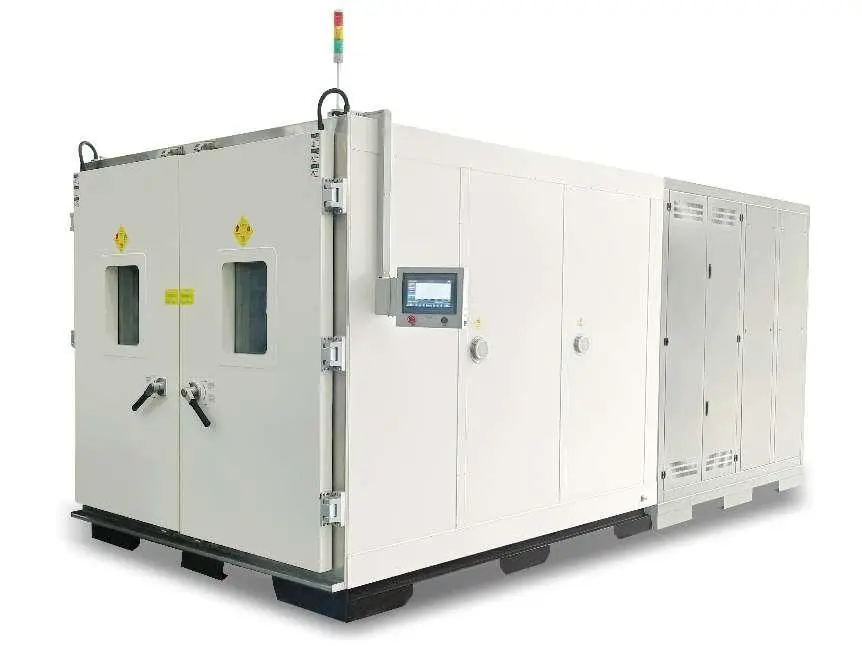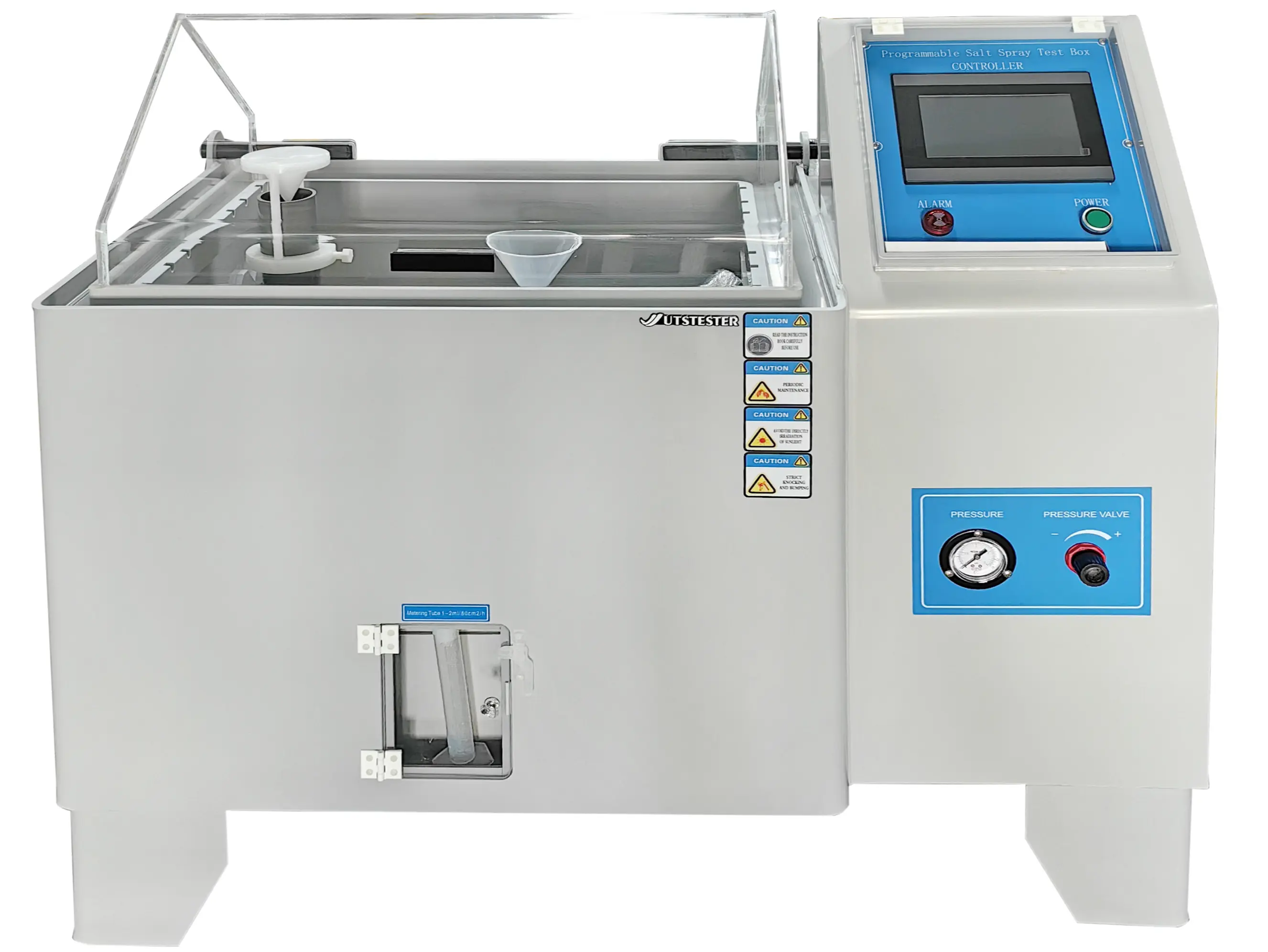0102030405
Toys CE-TOY qualification EN71-2 standard has been updated
2025-07-07
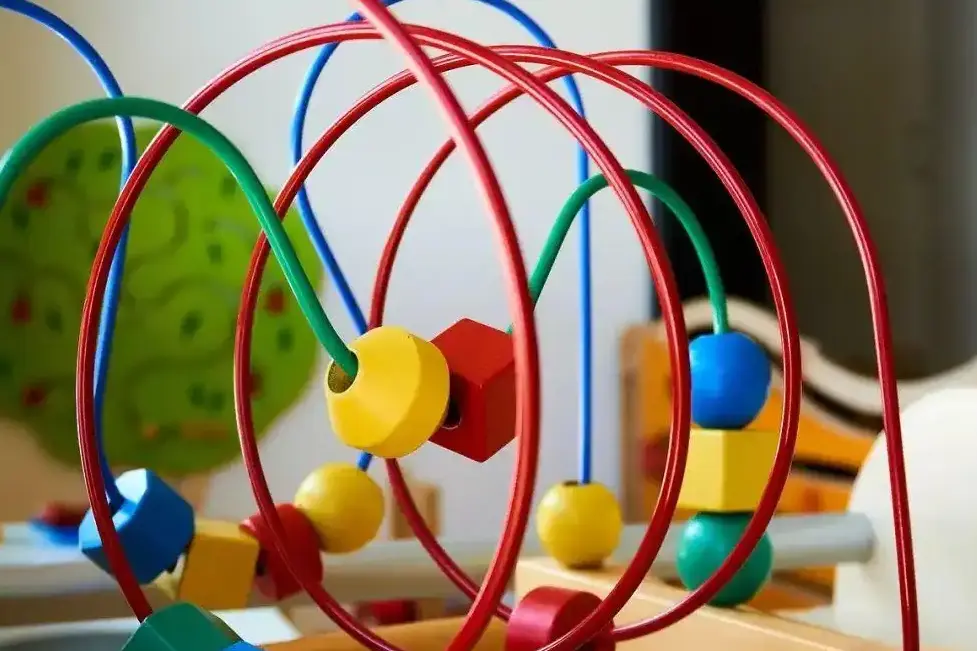
Toys exported to the European Union must be certified by CE, in line with the EN 71 series of standards: physical testing of anti-swallowing sharp edges, combustion performance limit of 30mm/s, 19 kinds of heavy metal migration strict control. 2025 new regulations added cosmetic toys definition, the range of water hardness is relaxed, theatre costumes need to be marked with washing information.
Toys exported to the EU or on the shelves TMEU, Amazon and other cross-border e-commerce platforms European station are required to meet the requirements of the EU Toy Safety Directive 2009/48/EC (CE-TOY) qualification, and for CE certification, and affixed with the CE mark, uploading the information of the European generation.
Toys applying for CE marking need to meet the requirements of three parts of the standard:
1.EN 71-1:2014+A1:2018 (Physical)
This part specifies the safety technical requirements for the mechanical and physical properties of toys for different age groups used by children from newborn infants to 14 years of age, and also specifies the requirements for packaging, labelling and instructions for use: toys are required to be tested without the presence of collapsing, swallowing, sharp edges, noises, sharp points, and all other hazards that are likely to injure the life and health of children.
Physical and mechanical properties:
Specific test items: sharp point test, sharp edge test, small parts test, pressure test, bending test, small parts impact test, stitch tension test, tensile test, torque test, noise level, power strength, packaging film thickness test, projectile toys, hair adhesion test, etc.
2. EN 71-2:2020 (Flammability)
This part specifies the types of flammable materials that are prohibited for use in all toys.
The burning time (s) or burning rate (mm/s) of certain materials shall not exceed the limits specified in the standard, with different requirements for different materials. (e.g. burning rate of toys worn on the head ≤ 30mm/s)
3.EN 71-3:2019+A2:2024 (Chemical)
This part stipulates the restriction of the migration of 19 heavy metals in the accessible parts or materials of toys, for example, the content of lead shall not exceed 13.5 mg/kg and the content of cadmium shall not exceed 1.3 mg/kg; and also the restriction of the content of hazardous substances, for example, the content of phthalate esters shall not exceed 0.1 per cent. In addition, there are new requirements for substances such as bisphenol A (content must not exceed 0.04 mg/litre) and formaldehyde (textile content must not exceed 30 mg/kg).
Reachability judgement: Test with a jointed probe (fake finger), if the probe can reach the part or parts, it is considered reachable.
Test Principle: Simulates the content of elements dissolved from toy materials under the condition that the materials are continuously in contact with stomach acid for a period of time after swallowing.
On 11 June 2025, the European Committee for Standardisation (CEN) officially published the latest revision of EN 71-2, the safety standard for toys.
EN 71-2:2020+A1:2025 ‘Safety of toys - Part 2: Flammability’ replaces EN 71-2:2020
Conversion to national standards in CEN member countries by 31 December 2025
End of June 2026: All national standards of countries in conflict with the new standard are withdrawn and market access is based on the new standard.
The standard is expected to be approved by the European Commission and, after publication in the Official Journal of the European Union (OJEU), listed as a harmonised standard under the EU Toy Safety Directive 2009/48/EC.
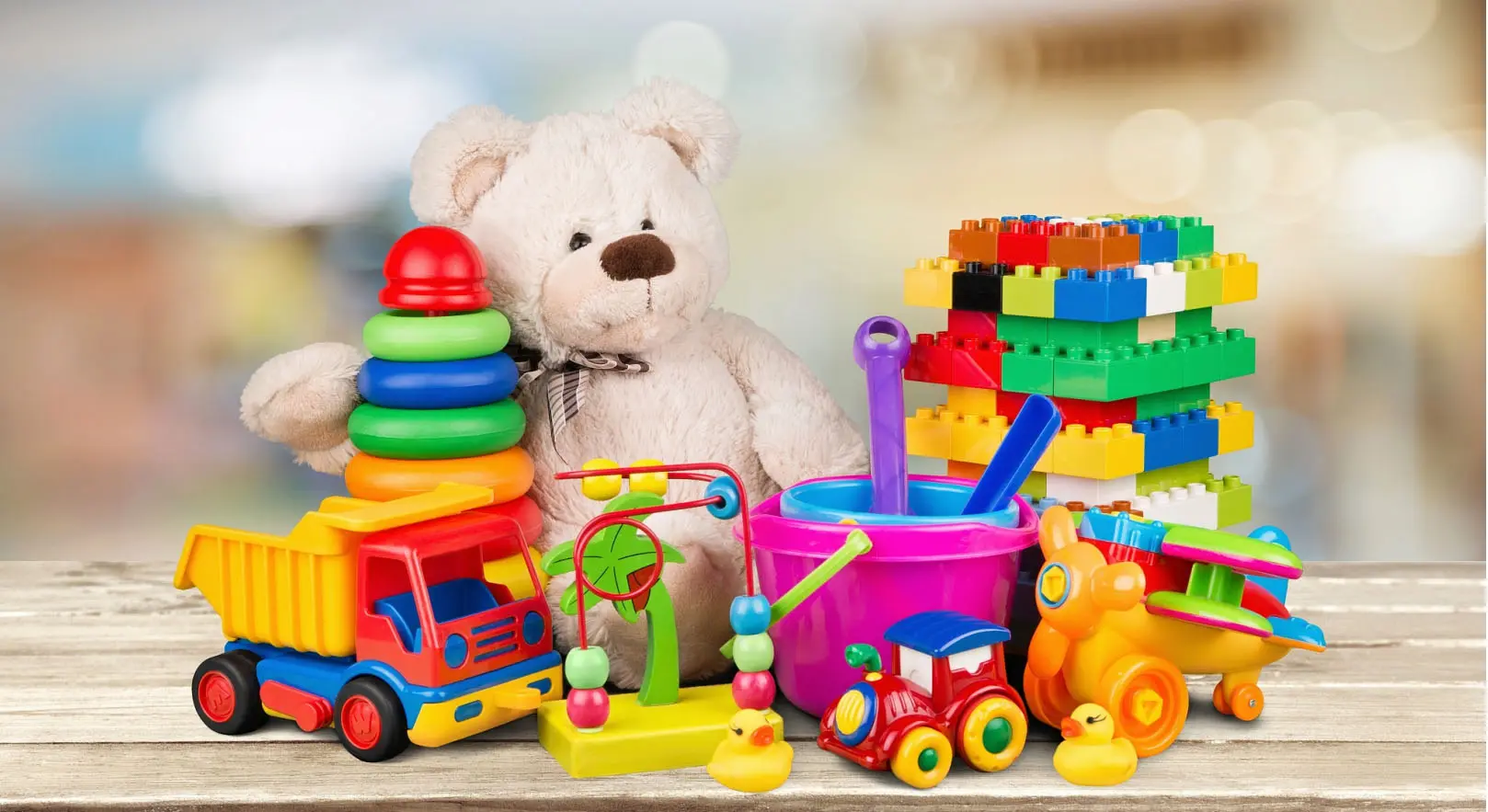
The specific updates and clauses are listed below:
1. Clauses 3.3, 3.10 and 3.15
Addition of definitions for cosmetic sets, taste toys and smell toys to support the interpretation of Article 4.1.
2. Clause 4.1
Clarify the requirements for highly flammable liquids and flammable liquids in chemical toys, in line with EN 71-5:2015 and EN 71-13:2021+A1:2022.
3. Clause 5.3
Clarify the method of testing masks to ensure that the test flame is not affected by openings.
4. Clause 5.3 and 5.4
Amendments to references to Appendices A.7 and A.8.
5. Clause 5.4.1.1 c)
Extension of the permitted range of water hardness
6. Clause 5.4.1.2.1
Optimisation of Figure 1 and related texts
7. Appendix A.2
Addition of information on washing of toy theatre costumes
8. Appendix A.3
Amendments to text in Example 15
9. Appendix A.7
Addition of explanatory text explaining the reason for the change in the permitted range of water hardness
10. Appendix B
Delete the original Appendix B and add the updated Appendix B
Note: The above updates include important technical updates in the revised version, not all changes.
Therefore, toys applying for CE-TOYS certification must apply according to the latest standard.






 Home
Home


